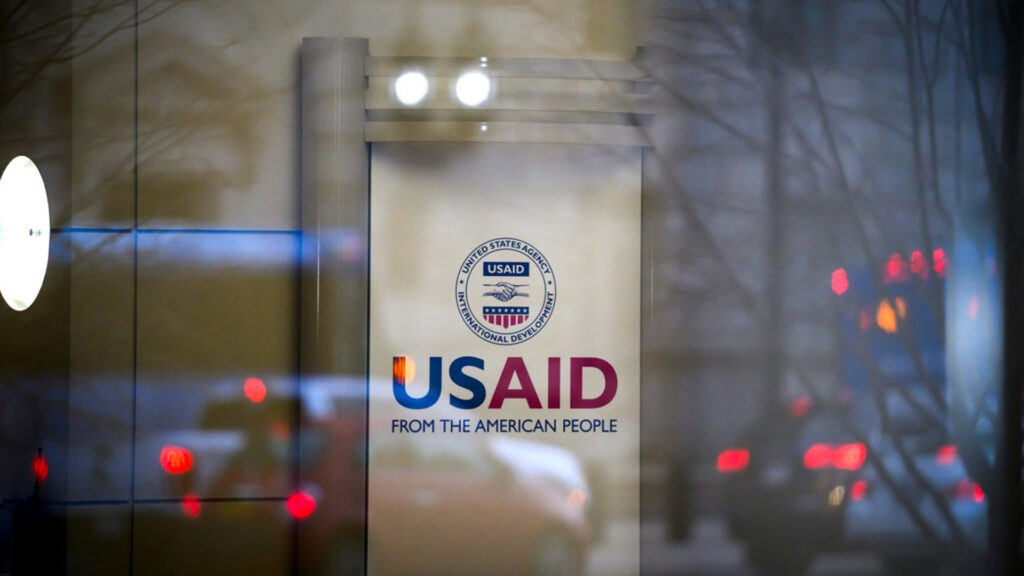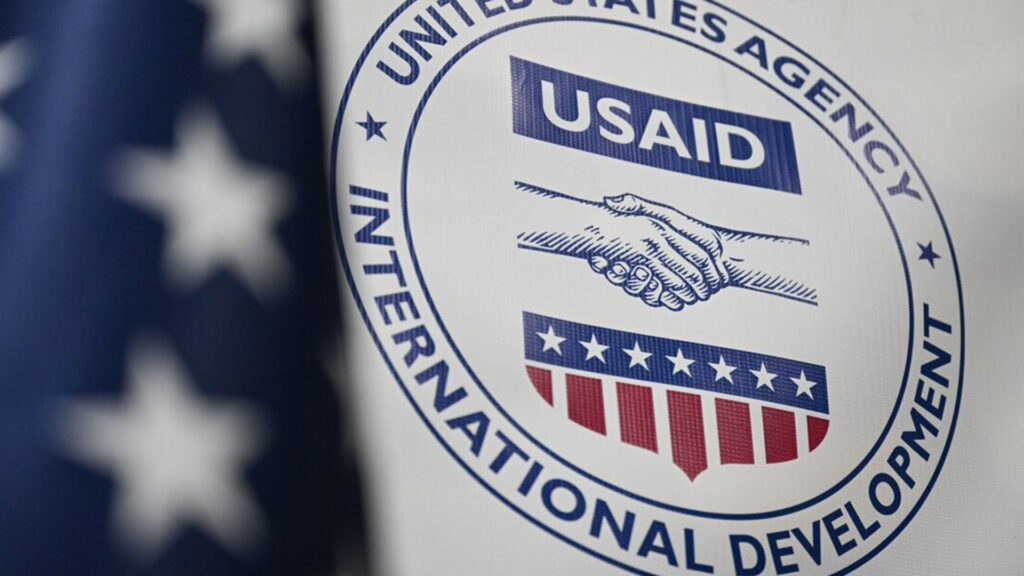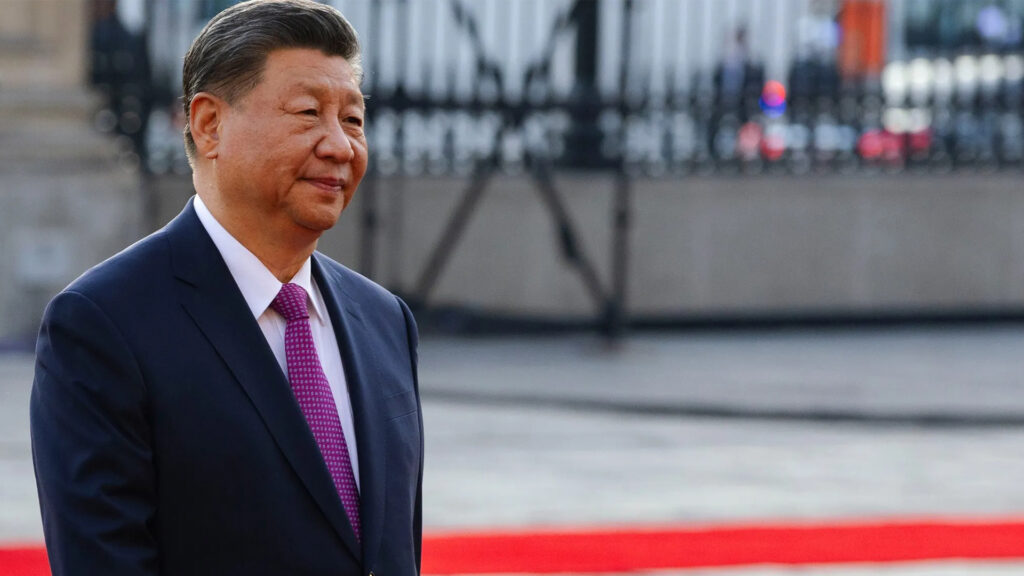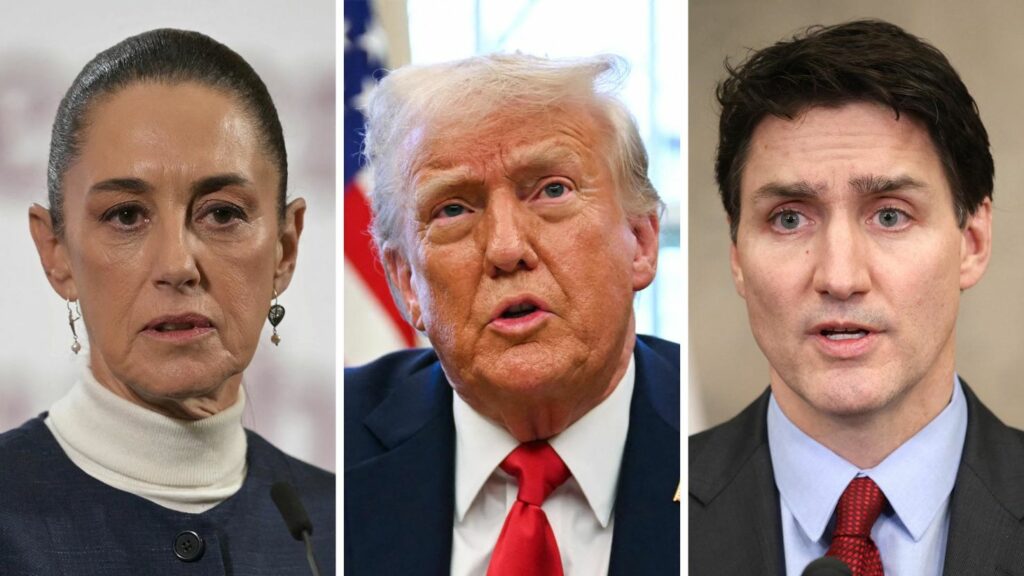In a sweeping policy shift, the U.S. Agency for International Development (USAID) announced that all direct hire personnel globally will be placed on administrative leave as of Friday, February 7, 2025, at 11:59 pm (EST).
The only exceptions will be designated personnel responsible for mission-critical functions, core leadership, and specific high-priority programs. This decision is part of a broader restructuring effort aimed at redefining the agency’s role in U.S. foreign assistance.
As USAID personnel brace for uncertainty, the U.S. Department of State is working on a transition plan that includes optional, agency-funded return travel for overseas staff, contract terminations, and individual case-by-case reviews. The move has sparked widespread debate over the implications for U.S. diplomatic missions, foreign aid programs, and geopolitical influence.
Key Takeaways
- USAID direct hire personnel worldwide will be placed on administrative leave starting February 7, 2025.
- Essential personnel will be notified by February 6, 2025, regarding their continued roles.
- Overseas USAID personnel will be offered optional, agency-funded return travel to the United States within 30 days.
- The agency is terminating PSC and ISC contracts deemed non-essential, with individual exceptions considered for medical, family, and mobility reasons.
- USAID’s restructuring is part of a larger government overhaul, potentially impacting billions in U.S. foreign aid funding.
The USAID Workforce Suspension: A Strategic Shift
USAID, a key player in U.S. foreign aid and humanitarian assistance, has long been involved in development initiatives across over 130 countries. However, recent policy shifts under the Trump administration, coupled with recommendations from the Department of Government Efficiency (DOGE), have led to drastic reforms aimed at curbing government spending and increasing accountability.
The USAID directive places thousands of employees on administrative leave while the agency undergoes strategic restructuring. The announcement, released on USAID’s official website, states that essential personnel will be notified by February 6, while non-essential employees will face indefinite work suspensions.
Implications for Overseas Personnel
For USAID staff currently posted abroad, the agency is coordinating with U.S. embassies and consulates to facilitate the return of non-essential personnel. The plan includes:
- Fully reimbursed travel back to the United States within 30 days for those opting to leave.
- Contract terminations for locally employed personnel whose roles are deemed non-essential.
- Individual case evaluations for those requesting travel extensions based on health, family, or logistical concerns.
- Options for personnel to remain overseas, even while placed on leave, though agency-funded return travel may not be available beyond 30 days without an exception.
According to a Congressional Research Service report, USAID allocated approximately $43.4 billion in foreign assistance funding in 2023, raising concerns about the disruption of ongoing development programs due to the restructuring.
Broader Political and Economic Repercussions
The restructuring of USAID is part of a broader foreign aid policy shift, with the Trump administration seeking to consolidate USAID’s functions under the State Department. While proponents argue that this will streamline aid distribution and reduce bureaucratic inefficiencies, critics warn of the potential collapse of critical humanitarian projects.
Key concerns include:
- Disruptions to global aid programs, including food security, disaster relief, and healthcare initiatives.
- Increased geopolitical risks as U.S. withdrawal from foreign aid programs creates power vacuums that China, Russia, and other global competitors could exploit.
- Job losses among contractors and NGO workers dependent on USAID funding, impacting employment both domestically and internationally.
Employee FAQs: Addressing Uncertainty
To clarify the policy changes, USAID released an FAQ document to guide employees through the transition. Some key points include:
1. Are overseas USAID personnel required to return to the U.S.?
No. While USAID is offering fully reimbursed return travel, employees are not required to accept it. However, after 30 days, agency-funded travel may no longer be available unless an exception request is approved.
2. What happens to locally hired staff?
Personnel under Personal Services Contracts (PSC) and Institutional Support Contracts (ISC) deemed non-essential will have their contracts terminated, subject to case-by-case considerations.
3. How can employees request exceptions for extended overseas stays?
Employees may submit exception requests based on medical, family, or logistical concerns, such as dependents’ schooling schedules or personal safety issues. Further guidance will be provided in the coming weeks.
What Comes Next?
The future of USAID remains uncertain, with major decisions still pending regarding the long-term structure of U.S. foreign assistance. As discussions evolve, analysts predict three possible scenarios:
- Full integration into the State Department, resulting in a consolidated aid structure.
- A redefined USAID, focusing solely on critical missions while reducing overall operations.
- A phased reactivation of USAID personnel, contingent on budget approvals and strategic reassessments.
While the Trump administration frames the move as a necessary restructuring, opponents argue it risks damaging U.S. diplomatic influence and undermining global development initiatives.
Conclusion
The decision to place USAID personnel on administrative leave and restructure the agency’s operations is a pivotal moment in U.S. foreign aid policy. As the agency transitions under the State Department, the global aid community, lawmakers, and foreign governments are watching closely to assess the broader implications of this policy shift.
While the Trump administration and DOGE aim to enhance efficiency, the uncertainty surrounding USAID’s future workforce, funding allocations, and global mission leaves many unanswered questions about the long-term consequences for U.S. foreign aid.







